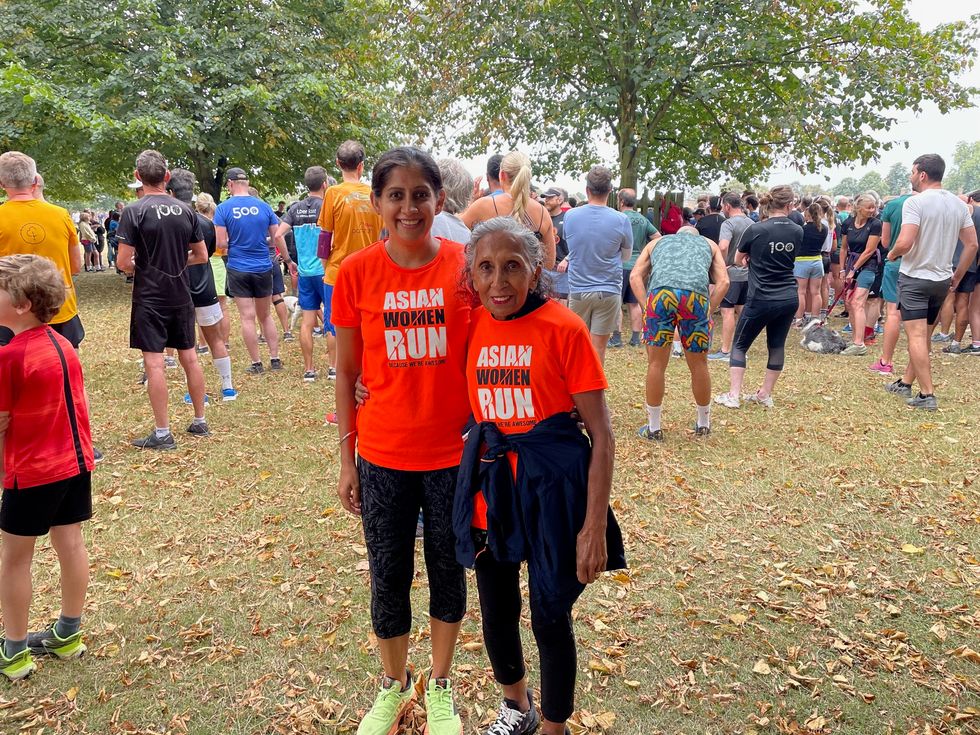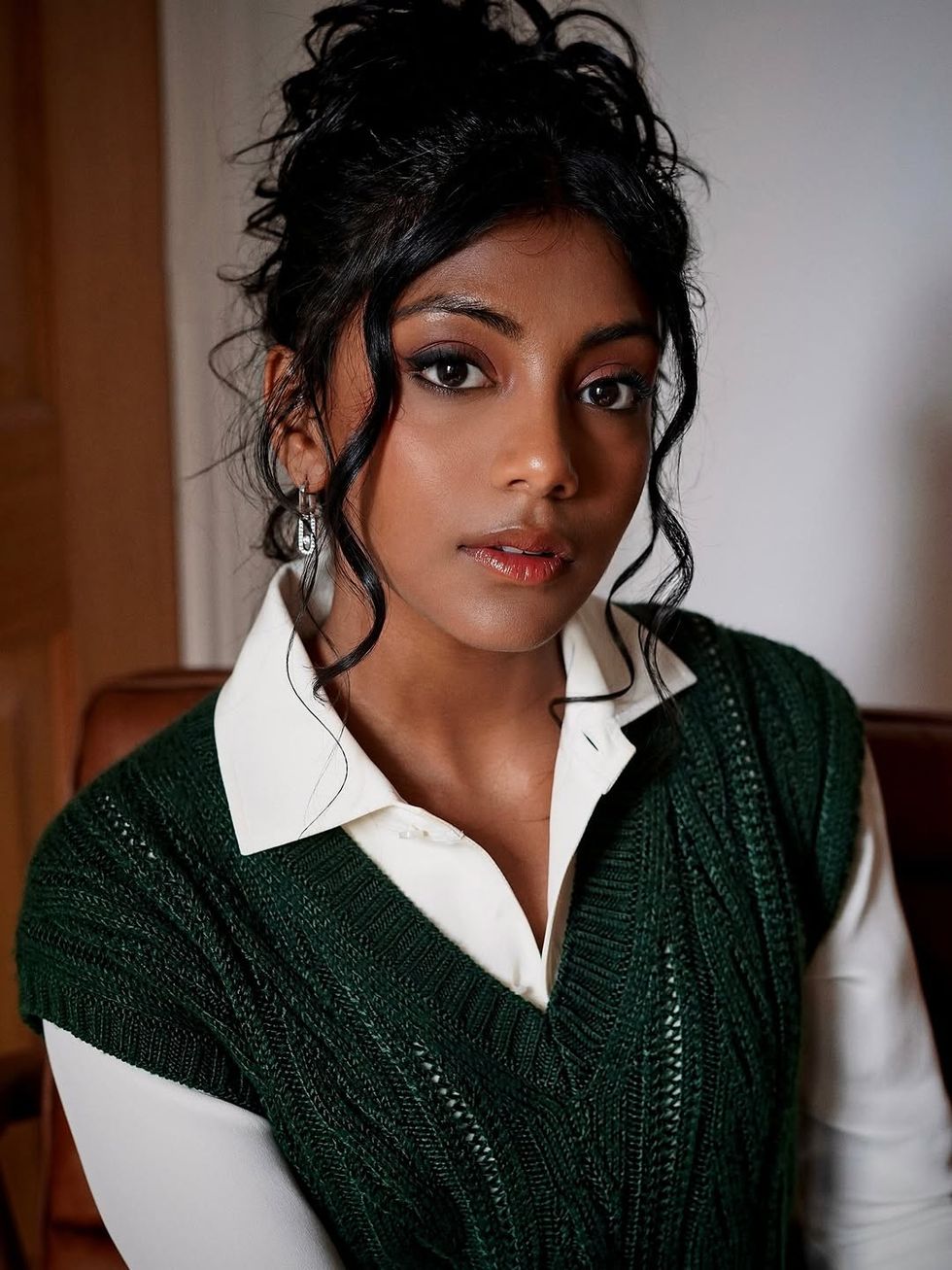SATYARTH NAYAK ON HIS UNIQUE NEW BOOK ABOUT LEGENDARY ACTRESS SRIDEVI
by MITA MISTRY
LIKE many millions globally, Satyarth Nayak is an ardent admirer of late actress Sridevi and was surprised that no elaborate book celebrating her prolific career had been written.
So, he decided to write a book about India’s only true pan-Indian megastar, who had conquered Hindi, Tamil and Telugu cinema.
The author and screenwriter decided to chronicle Sridevi’s achievements with a detailed book about her incredible 50-year career and celebrate the story of an actress who not only delivered an iconic body of work, but also challenged patriarchy and sexism in cinema.
Sridevi – The Eternal Screen Goddess charts her five-decade long journey from child star to becoming a global superstar and explores the person Sridevi was by delving into her psyche. It has a forward by Kajol and fascinating details about the actress.
Eastern Eye caught up with Nayak to talk about the book and why Sridevi was so special.
What was the biggest challenge of writing the book?
One big challenge was what to keep out of the book, given that Sridevi’s career is so prolific. It is a book about an actress whose
career spanned 50 years, five languages and 300 films. Condensing this gargantuan journey in a book was daunting, but also fun. Another big challenge was to write this book in the absence of Sridevi. If she’d been alive, the narrative would have been even more personal. Thankfully, I had access to information, including speaking to those stars she worked with and interviews of Sridevi through various stages of her career. In her absence, those quotes have become her voice in my book. When you will read those, you’ll get glimpses of both the person and performer she was.
Which section of the book did you enjoy writing the most?
The most enjoyable part was collating memories and rare anecdotes about Sridevi. I was fortunate to interview over 70 personalities, both in Bollywood and down south, who were associated with Sridevi, personally and professionally. Those interviews have yielded fascinating stories.
Tell us about some of them?
Kamal Haasan reveals pranks he pulled on Sri, Anil Kapoor reminisces about the Marwah wedding night in Dubai when he met Sri for the last time. While Rajinikanth remembers moments from his first film with Sridevi, Nagarjuna reveals an incident that somewhat forewarns the manner of Sri’s tragic demise. Chiranjeevi shares what he learnt from Sridevi, Karan Johar recollects personal traits he discovered watching her on sets. While Raghavendra Rao talks about a near fatal incident that happened with Sridevi when she was a child star, Ram Gopal Varma shares his favourite Sridevi moment off-screen. Kajol and Vidya Balan tell you why she remains their biggest inspiration. You will also find anecdotes about how Sridevi coped with her father’s death and mother’s botched up surgery in New York. Such anecdotes form the heart of the book.
Did you learn anything new when writing this book?
Many wonderful facts about Sridevi came to my knowledge like how Steven Spielberg had approached her for a role in Jurassic Park, but she refused. Or that she was voted India’s Greatest Actress in 100 Years in a nationwide poll on the centenary of Indian cinema. Stories shared by her staff members like her hairdresser Noorie reveal the compassionate soul Sridevi was. Anecdotes narrated by film personalities down south gave me a picture of Sridevi as a child actor and teenage star. Many voices also spoke to me about her sudden demise, which has allowed me to attempt a rational explanation of her death.
What made Sridevi such a special talent?
She was that rare actress who conquered all the nine rasas or genres of acting. She could do everything from drama to comedy to emotion. She was also one of Bollywood’s most iconic dancers despite not being trained formally. Facing the camera since the age of four, she was not an actress by education but by observation. Above all, she had the quality of intense empathy. She could empathise with her characters to the extent that she would totally disappear in a role she was portraying. Her eyes were her biggest strength and communicated volumes without words.
What do you think was the most remarkable aspect of her career?
It was undoubtedly how she challenged patriarchy in Bollywood. Sridevi had the guts to refuse films opposite Amitabh Bachchan unless she had an equally solid role. Amitabh had to send her a truckload of flowers to finally get her to act opposite him in Khuda Gawah. She refused Darr saying she would rather do Shah Rukh Khan’s role than Juhi’s (Chawla). It just shows that she was always someone who flowed against the tide. She respected her own stardom and talent, and wanted to remind the audiences of the true glory of an Indian film heroine.
Tell us more…
She became the ‘hero’ of her films and raised the status of the Indian heroine to a whole new dimension. Today, we talk about misogyny, patriarchy, sexism and toxic masculinity in the industry, but Sridevi had battled it all in the eighties and emerged victorious. She was respectfully addressed as Mai in Bollywood, who had become more powerful than her male co-stars and was even paid more. It’s even more relevant today, and I want it to be a big take-away for the readers of this book. She not only empowered her audiences, but also became a messiah for the LGBT community worldwide.
Which Sridevi film is your favourite?
Lamhe, which was extensively shot in London. While the sheer audacity of the film’s story and the classical direction by Yash Chopra already make it singular, Sridevi’s sheer brilliance takes it many notches high. It’s one of those films that gave her a wide canvas to display her legendary talent. Sridevi has always excelled in double roles and the way she imbues Pallavi with dignity and Pooja with covetousness is astonishing to watch. No wonder she won the Filmfare Best Actress trophy for it. 16 Vayathinile, Moondram Pirai, Kshana Kshanam, Chaalbaaz, Chandni and English Vinglish are other absolute favourites.
What key lessons can aspiring actors learn from the late actress?
Dedication and professionalism definitely! Almost everyone I’ve interviewed who worked with her have spoken about the level of dedication she had towards her work. For example, she wore blue lenses in Nagina despite eye problems or shot both the iconic rain dances in Mr India and Chaalbaaz while running a high temperature. Or how she performed a comedy scene in Lamhe right after returning from India, after her father’s funeral. Current actresses must also emulate how Sridevi battled patriarchy and misogyny in the industry. How she not only respected her own craft while choosing films, but also elevated the idea of the Indian film heroine to unimaginable heights. Senior actresses must try to follow the path Sridevi carved so victoriously with mature films like English Vinglish and Mom.
What can we expect next from you?
Penguin is keen I do another biography of a film star. I am considering it. My second thriller is ready and will be out by the middle of this year. It features the protagonist of my first thriller The Emperor’s Riddles in another adventure. My book on Indian mythology is also nearing completion and should be out by year-end. I am also scripting a high-profile web-series and a Bollywood thriller, which will be announced soon.
















 Charithra Chandran styled her hair in soft curls for the Ralph Lauren outfitInstagram/
Charithra Chandran styled her hair in soft curls for the Ralph Lauren outfitInstagram/ Charithra’s look was inspired by her character Edwina Sharma from BridgertonInstagram/
Charithra’s look was inspired by her character Edwina Sharma from BridgertonInstagram/

